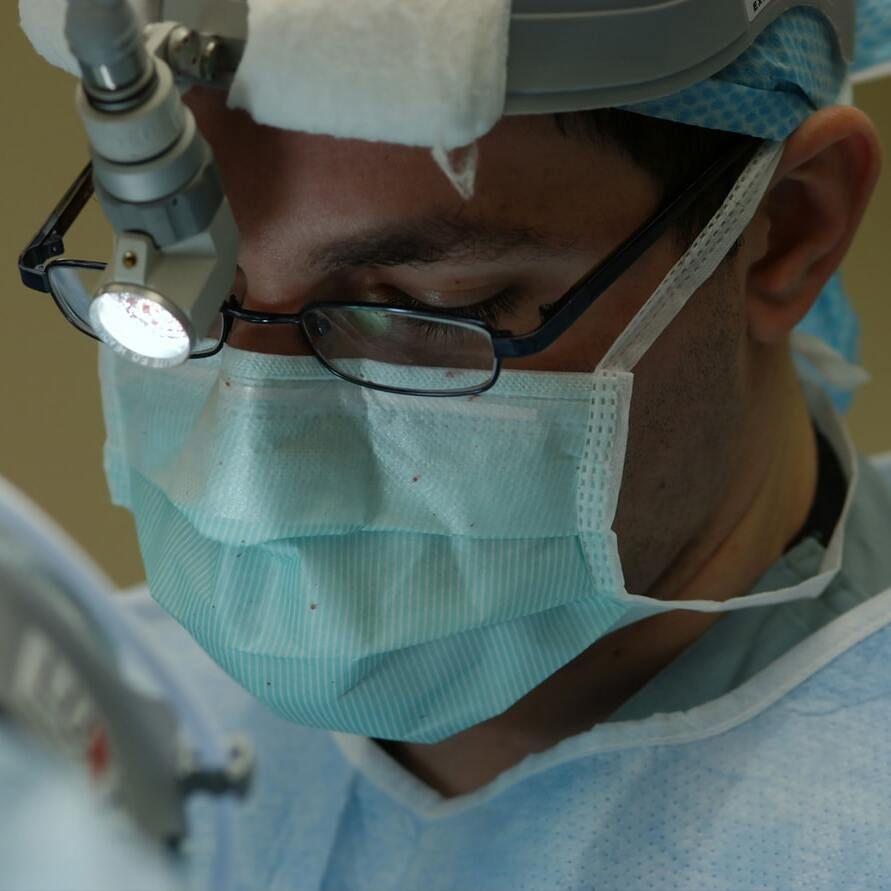Investigators Isolate C Difficile Strains in Neurosurgery Department
The 2 strains identified were highly similar and exhibited differences of only 2 single-nucleotide polymorphisms.

A new study highlights the need to for better epidemiologic surveillance in order to detect specific clusters of clostridiodes difficile strains in high risk locations, such as neurosurgery wards.
A team, led by Xiajing Bi Department of Neurosurgery, The First Affiliated Hospital, School of Medicine, Zhejiang University, identified the epidemiology of CDII in a neurosurgery department over the course of 24 months, with particular attention paid to the transmission of C difficile using whole-genome sequencing.
There are very few studies focusing on the transmission of C difficile, particularly in wards with low detection rates like neurosurgery departments. However, there is a greater need to identify specific clusters.
“Since the emergence of hypervirulent variants of toxigenic C difficile RT027, the morbidity and mortality of CDI have increased markedly, and this has been accompanied by large healthcare-associated outbreaks,” the authors wrote. “CDI has aroused great concern worldwide due to its increasing incidence, recurrence, morbidity, and impact on healthcare spending.”
In the study, the investigators isolated C difficile strains from fecal samples of neurosurgical patients.
The team typed toxigenic strains using multilocus sequence typing, PCR ribotyping and using capillary gel electrophoresis, as well as whole-genome sequencing to characterize C difficile ST-37/RT017 isolates.
Finally, they performed comparative genomic analyses to compare the genomic differences between all ST-37 strains from other wards and examined the susceptibility to 8 antimicrobial agents using the E-test.
The results show isolates from patients in the neurosurgery department basically fell into 2 distinct lineages where s11052403 and s 10090304 were isolated from a patient on the 8th floor and a patient on the 9th floor of the neurosurgery ward.
The 2 strains were highly similar and exhibited differences of only 2 single-nucleotide polymorphisms.
All C difficile ST-37/RT017 strains isolated from neurosurgical patients were resistant to several different classes of antibiotics.
“There is an urgent need to raise awareness of C difficile infection, and epidemiologic surveillance is required to detect clustering and transmission of C difficile cases in China,” the authors wrote. “Strict disinfection of the environment is essential to reduce transmission of C difficile and achieve effective infection control in the hospital setting.”
The study, “Retrospective Study of the Epidemiology of Clostridioides difficile Infection in the Neurosurgery Department of a Tertiary Hospital in China,” was published online in Infection and Drug Resistance.